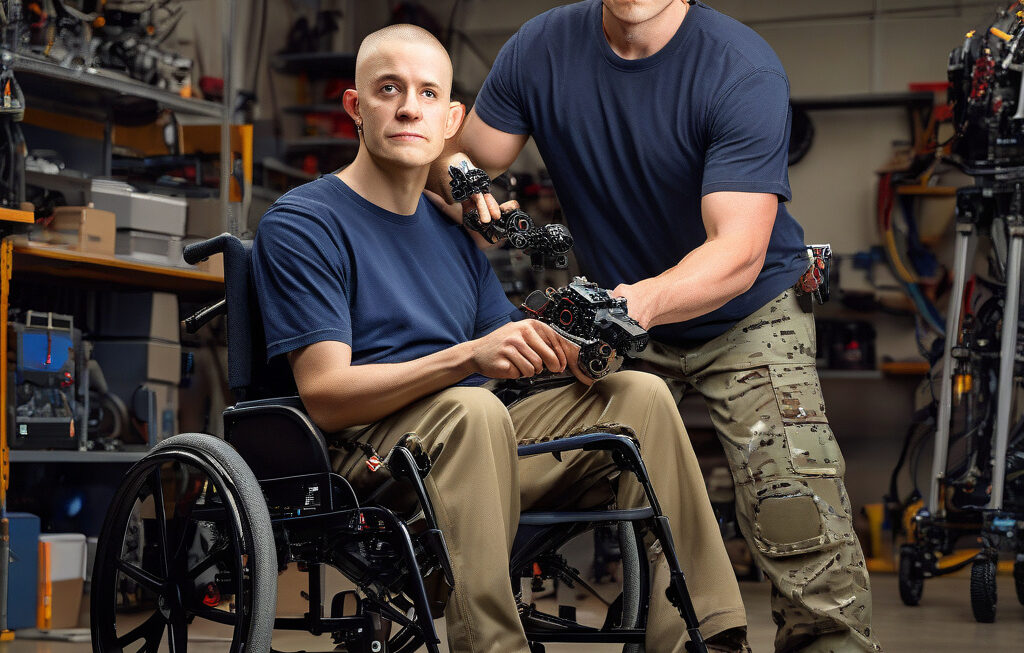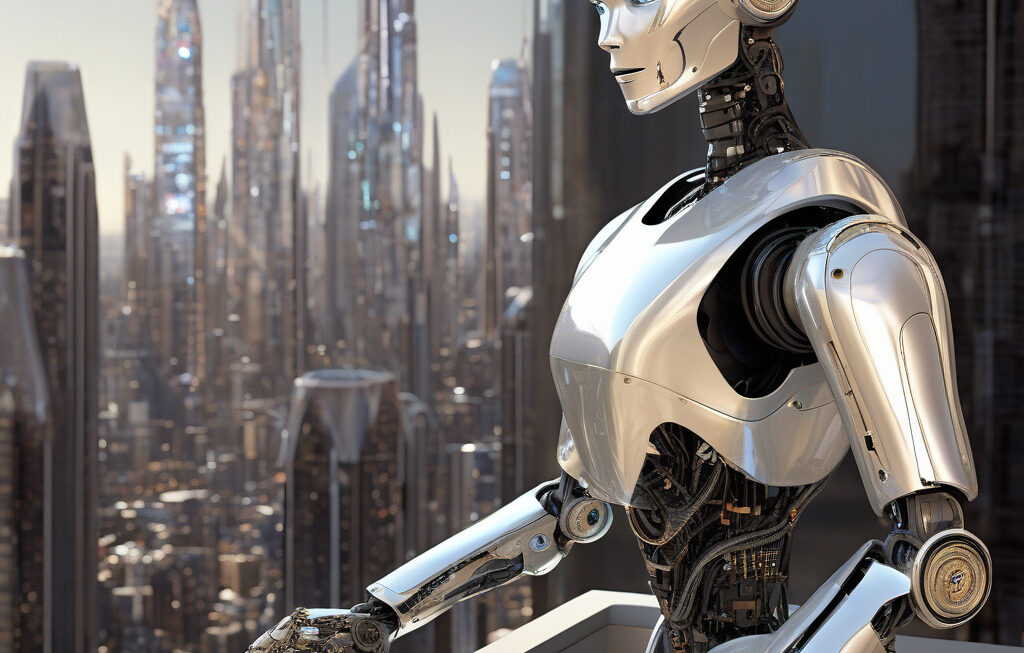A motion-first approach to smarter factory robots
Manufacturing automation is growing fast. The global robotics market hit $71.78 billion in 2025 and is projected to expand even further in the upcoming years. As industries seek to optimize production processes and increase efficiency, the role of robots in factories has become increasingly vital. However, with this rapid growth comes the need for smarter, more agile robots that can adapt to changing environments and tasks quickly. This is where a motion-first approach to robot design comes into play.
Traditionally, industrial robots have been designed with a focus on precision and repeatability. While these are important characteristics for tasks that require high accuracy, such as assembly or welding, they can limit the flexibility and versatility of robots in dynamic manufacturing environments. A motion-first approach, on the other hand, prioritizes movement and agility, allowing robots to perform a wider range of tasks with speed and efficiency.
By designing robots with motion as the central focus, engineers can create machines that are not only highly precise but also capable of quick adjustments and rapid movements. This is especially important in industries where production needs can change rapidly, requiring robots to switch between different tasks on the fly. For example, in a smart factory setting, robots with a motion-first design can easily adapt to new production schedules or unexpected disruptions, ensuring that the manufacturing process remains smooth and uninterrupted.
One of the key advantages of a motion-first approach is the ability to incorporate advanced technologies such as artificial intelligence and machine learning into robot control systems. By leveraging these technologies, motion-focused robots can analyze real-time data from their environment, make decisions autonomously, and optimize their movements for maximum efficiency. This not only improves productivity but also enables robots to learn from experience and continuously improve their performance over time.
Another benefit of a motion-first approach is enhanced safety. Robots designed with a focus on motion are equipped with advanced sensors and collision detection systems that allow them to operate safely alongside human workers. This opens up new possibilities for human-robot collaboration on the factory floor, where robots can handle repetitive or dangerous tasks, while humans focus on more complex and strategic activities.
In conclusion, the adoption of a motion-first approach to robot design represents a significant step forward in the evolution of manufacturing automation. By prioritizing movement, agility, and adaptability, these smarter factory robots are poised to revolutionize the way industries approach production processes. As the global demand for automated solutions continues to rise, embracing this new paradigm in robot design will be crucial for companies seeking to stay ahead of the competition and drive innovation in the ever-changing landscape of modern manufacturing.
motion-first, smarter robots, factory automation, agility in robotics, industrial revolution












